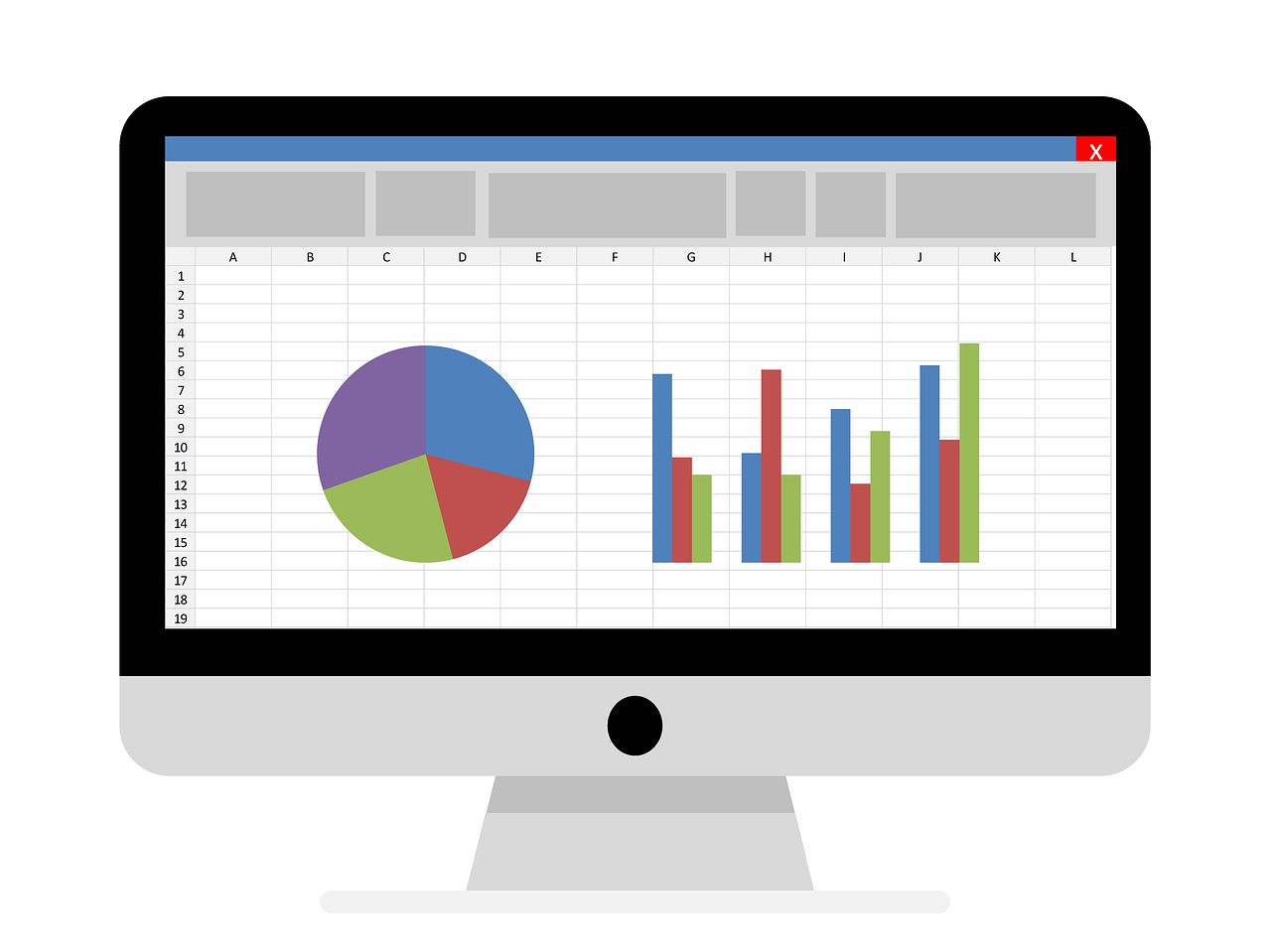
Excel financial modeling may seem like an alien concept if you’re a business owner or manager. You’re familiar with the idea of financial modeling itself, but utilizing Excel for it may not be something you’re comfortable with. This is where employing Excel consultants to work with your company could be useful.
Put simply, financial modeling is a way of forecasting future financial performance based on historical financial performance. Financial modeling solutions utilize the power of Excel to deliver financial predictions and forecasts that are more accurate than other programs. By using Excel consultants to devise relevant financial modeling tools for your unique business, you’ll be able to get an accurate assessment of your business’s needs and capabilities in the key areas that matter to your industry. Of course, effective document management is a must before you can do this, and you can click here to discover more. You can then move onto financial modeling, which can help you see the strengths and weaknesses of your business and analyze risk levels from future ventures.
Essentially, financial modeling acts as a mirror to show you the best and worst of your business and allows you to react accordingly. It can be used internally for you to keep track of your business’s performance or it can be used as part of applications for loans or demonstrations of financial stability for investors. Having your financial models developed in Microsoft Excel ensures that the simplest forecasts have the power of Excel behind them. This can allow you to show relevant aspects of data while cutting out irrelevant statistics. This is why it’s always better to get custom-made financial models from Excel modeling experts.
Creating Your Scenarios
The first thing that you need to do when you’re looking to create financial models for your business is to collect data. If you talk over your requirements with Excel consultants prior to commissioning any work, you’ll be able to jointly work out which data needs pulling into Excel and how it should be portrayed when it’s in your new financial model. There’s no point in importing data into a system simply for the sake of it, or if it cannot be displayed to full effect, as that dilutes the very reason for having your financial model in the first place.
Financial modeling systems will then create the structures within which your financial model will work. Only by consulting with expert Excel consultants will you be able to get the most out of this stage. Finally, you’ll be ready to look at the scenarios you’ve requested from your data. These will always be unique to your business, showing the key performance indicators relevant to your industry and ensuring that your projections are as accurate as possible. Once you have this information at your fingertips, you’re able to utilize it to direct future business performance and to show internal and external colleagues about the way your business or department is running.


